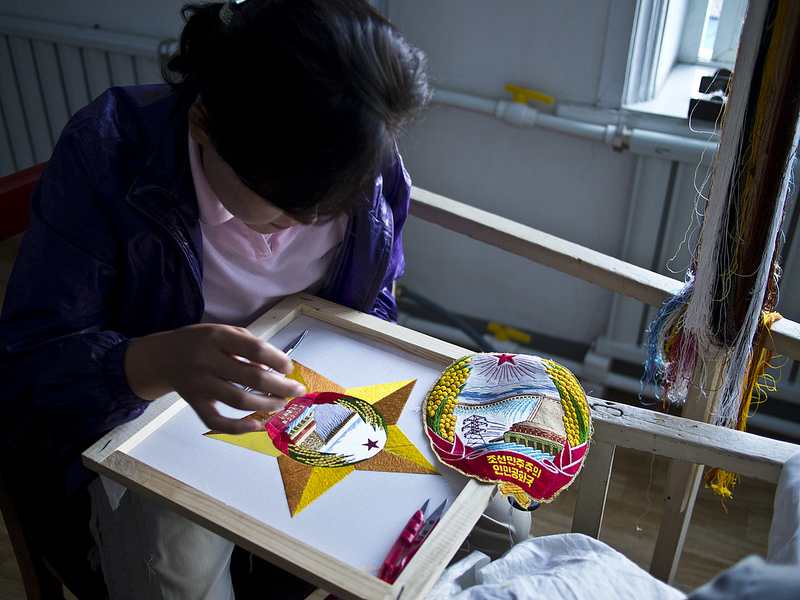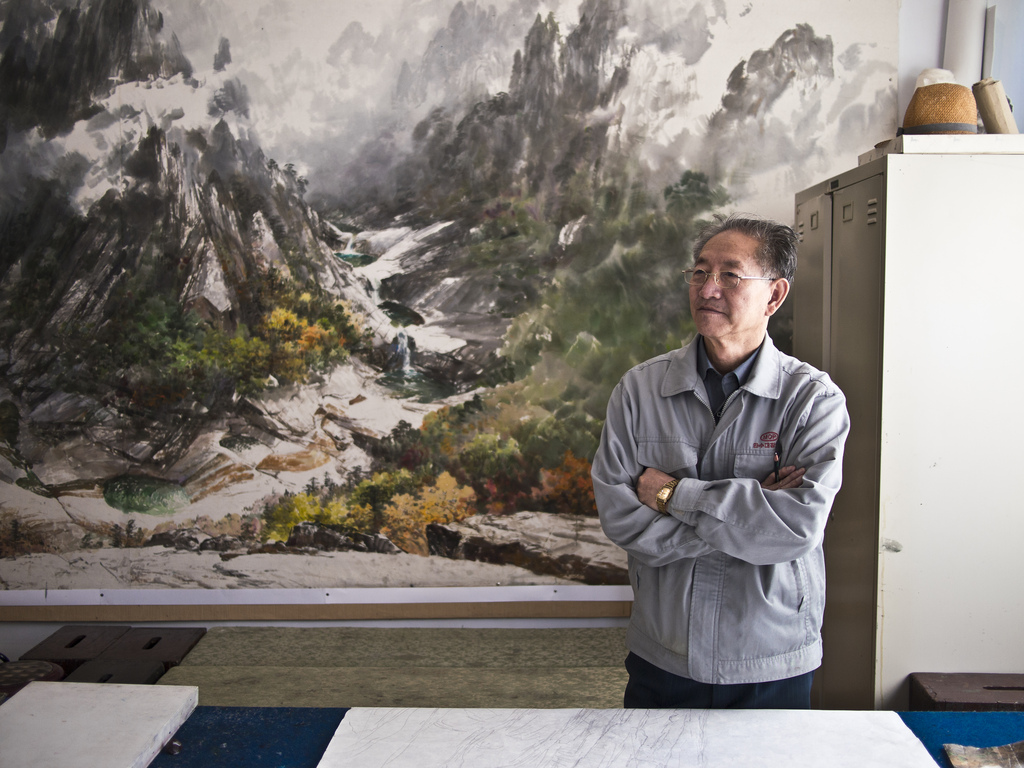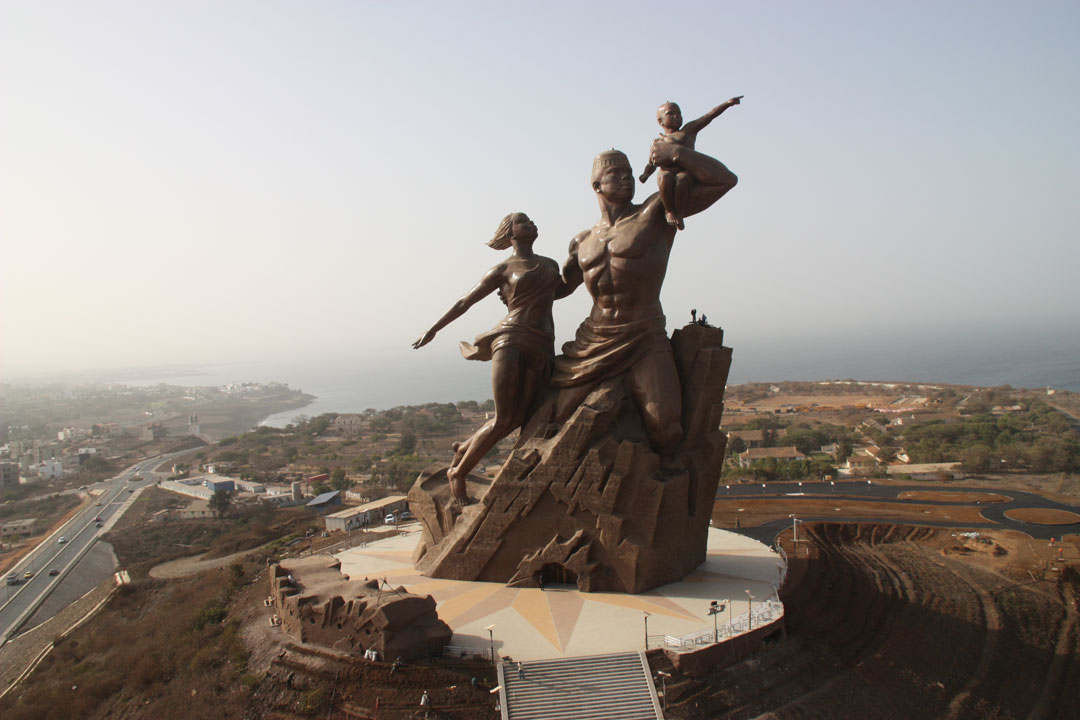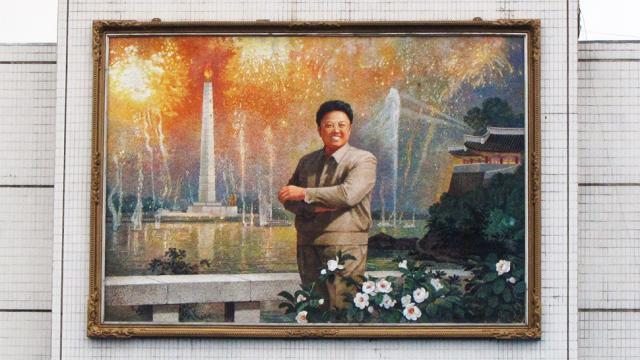Inside Mansudae Art Studio, a 30-acre warehouse in Pyongyang, thousands of North Koreans work to sculpt, paint and sew the often bombastic monuments that have become synonymous with the isolated country. But Mansudae’s artists aren’t just making art for North Korea — they’re making it for foreign countries, which pay millions for their meticulously detailed monuments and sculptures.
A fascinating report from Bloomberg gives us a glimpse of the activities with Mansudae, which it terms “the world’s largest art factory”. It employs 1000 artists, “hand-picked” from schools around North Korea, and they’re divided into 13 departments that deal with specific mediums — from landscape painting to monuments.
According to a different report from the Institute for International Economic Policy in Seoul (quoted by ArtsAsiaPacific), North Korea spends as much as 40 per cent of its state budget on artististic “Kim-family deification”, which explains how Mansudae originally emerged. But the studio, which is reportedly owned by Kim Jung Il’s sister Kim Kyong Hui, is also becoming an important source of revenue from projects outside of the country. For example, Senegal’s 50m tall African Renaissance Monument was built by Mansudae artists for about $US70 million in 2010. There are also internal projects, like a recent recreation of an Art Nouveau fountain, destroyed during World War II, for a group of German officials (who, according to Bloomberg, supplied photos of German children in the sculpture so they “wouldn’t end up looking too Korean”, ugh). Italy, Cambodia and a handful of other countries have commissioned work from Mansudae too.
These foreign commissions have made Mansudae one of the few modes through which North Koreans travel abroad. To complete bigger projects, like Senegal’s statue, artisans live in dorms controlled by administrators, explains Caroline Winter:
According to African and Cambodian press accounts, Mansudae workers sent abroad live regimented lives under surveillance. Noland of the Peterson Institute suspects they are treated no differently than North Koreans who labour overseas in logging camps and garment factories. “They’re living in a dormitory where there is a party secretary and there’s security, there are thugs there to keep them in line,” he says.
In a way, modern art history is responsible for the boom in Mansudae’s business. Since the country was shielded from the massive upheaval that gripped the art world (and art schools) in the late 20th century, its artists are still trained in classical and Social Realist techniques, which have long since passed out of favour in other countries. Which explains why the art factory is also producing plenty of historical art knockoffs too.
Top picture: John Pavelka on Flickr

Picture: Marcelo Druck/Flickr

Picture: Marcelo Druck/Flickr

Picture: Senegal’s African Renaissance Monument via ArtAsiaPacific
